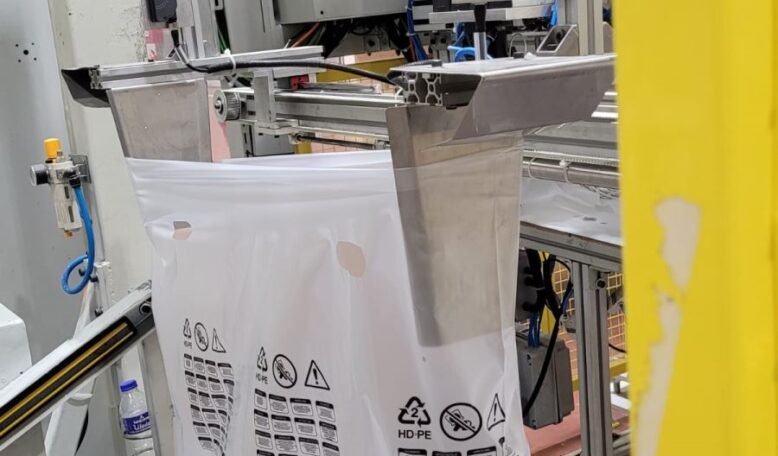
Introduction to Bagging Automation
When it comes to storing and shipping bulk or a variety of products, maintaining organization and efficiency is crucial. The process of bagging products manually can be time-consuming, prone to errors, and inefficient. That’s where bagging automation comes in. Bagging automation offers a solution to the challenges of storing and separating products, ensuring a streamlined and error-free packaging process.
The Benefits of Bagging Automation
Bagging automation offers numerous benefits that make it an ideal solution for businesses dealing with bulk or diverse products. Let’s explore some of the key advantages:
1. Increased Efficiency
One of the primary advantages of bagging automation is the significant increase in efficiency it brings to the packaging process. With automated bagging systems, products can be sorted, separated, and packaged at a much faster rate compared to manual methods. This not only saves time but also allows businesses to meet high-demand requirements and improve overall productivity.
2. Improved Accuracy
Manual bagging processes are susceptible to human error, leading to mistakes in packaging and sorting. Bagging automation minimizes the margin of error by using advanced technology and precise measurements. This ensures that each product is accurately bagged and labeled, reducing the chances of incorrect packaging and shipping errors.
3. Versatility and Flexibility
Bagging automation systems are designed to handle a wide range of product types, sizes, and shapes. Whether you’re dealing with small items, irregularly shaped products, or fragile goods, automated bagging systems can be customized to accommodate various packaging needs. This versatility allows businesses to streamline their packaging processes regardless of the product they handle.
4. Cost Savings
Implementing bagging automation can lead to significant cost savings in the long run. By reducing the need for manual labor and minimizing packaging errors, businesses can save on labor costs and avoid potential losses associated with incorrect packaging. Additionally, the increased efficiency of automated bagging systems allows businesses to meet higher production demands, resulting in increased revenue.
How Bagging Automation Works
Bagging automation involves the use of advanced machinery and technology to streamline the packaging process. Here’s a brief overview of how bagging automation works:
1. Product Sorting
The first step in bagging automation is the sorting of products. Depending on the specific system, products can be sorted based on size, shape, weight, or any other relevant criteria. This ensures that each product is directed to the appropriate packaging station, minimizing the risk of errors and ensuring efficient packaging.
2. Bagging and Sealing
Once the products are sorted, they are automatically placed into bags or pouches by the bagging automation system. The bags are then sealed securely to prevent any damage or tampering during transportation. Advanced bagging machines can handle various bag types, including poly bags, laminated bags, or even customized packaging based on specific requirements.
3. Labeling and Documentation
Automated bagging systems often include labeling and documentation features. Each bag can be labeled with product information, barcodes, or any other necessary details for easy identification and tracking. Additionally, the system can generate documentation such as packing slips or invoices to accompany the packaged products, further enhancing the efficiency and accuracy of the shipping process.
Choosing the Right Bagging Automation System
When considering bagging automation for your business, it’s essential to choose the right system that aligns with your specific requirements. Here are a few factors to consider:
1. Product Compatibility
Ensure that the bagging automation system you choose is compatible with the type of products you handle. Consider factors such as product size, weight, and shape to determine if the system can accommodate your specific packaging needs.
2. Customization Options
Look for a bagging automation system that offers customization options to meet your unique packaging requirements. This includes the ability to adjust bag sizes, incorporate branding elements, and integrate with existing packaging processes.
3. Reliability and Support
Invest in a bagging automation system from a reputable manufacturer known for their reliability and excellent customer support. This ensures that you have access to technical assistance, maintenance services, and timely support whenever needed.
Conclusion
Bagging automation is a game-changer for businesses dealing with bulk or diverse products. With its efficiency, accuracy, and versatility, it offers a streamlined solution to the challenges of storing, sorting, and packaging products. By implementing bagging automation, businesses can improve productivity, reduce errors, and ultimately enhance the overall customer experience through efficient and organized shipping.
